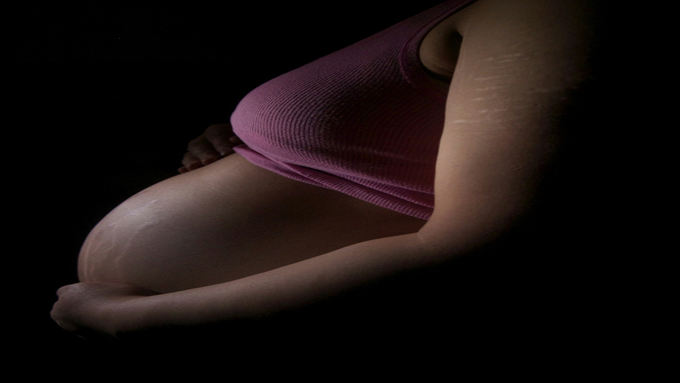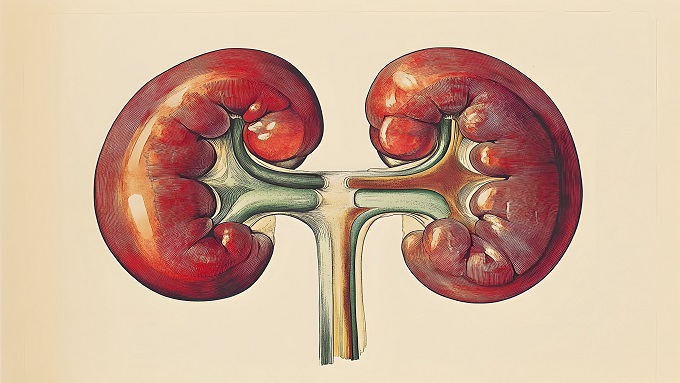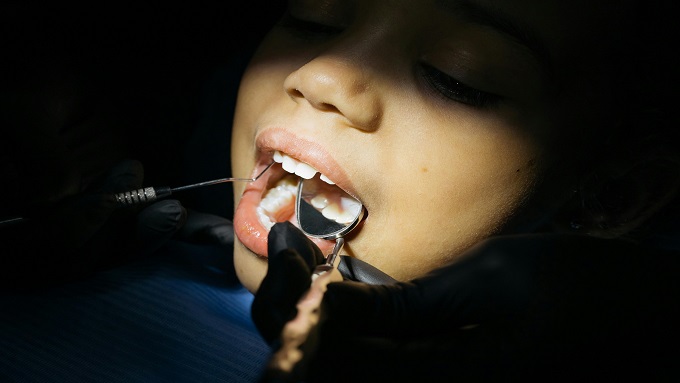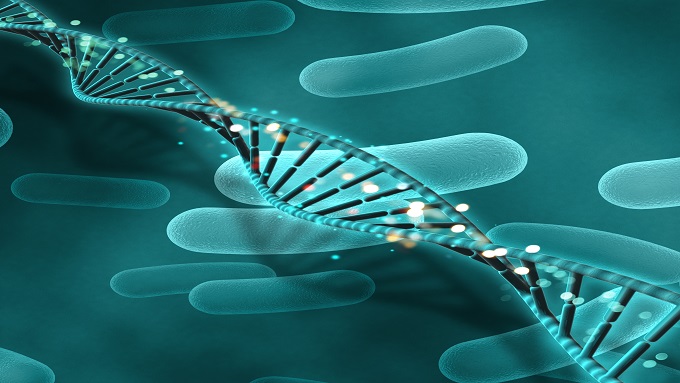THE EFFECT OF LASER-ASSISTED HATCHING ON PREGNANCY OUTCOMES OF VITRIFICATION FROZEN EMBRYO TRANSFER

Downloads
Highlights
- LAH might effectively increase pregnancy outcomes for frozen-thawed embryo transfer.
- Zona pellucida drilling might help increase pregnancy outcomes in FET.
Abstract
Background: Zona Pellucida (ZP) thickness of less than 16 mm is better for embryo implantation inside the endometrium. Laser Assisted Hatching (LAH) is commonly used, especially in non-contact mode, using a 1.48-um infrared diode laser beam because of its short exposure time, accurate positioning, simple operation, indirect contact, safety, and effectiveness. Objective: This paper describes the potential of laser-assisted hatching in biochemical pregnancy outcomes in Frozen Embryo Thawed transfers. Material and Method: The total number of patients enrolled in this study was 141. Patients were prospectively treated during embryo transfers at Pusat Fertilitas Bocah Indonesia, Primaya Hospital at Tangerang, Indonesia, from December 2020 until December 2021. Result: There were no significant differences between the LAH and no-LAH groups regarding average age, infertility duration, infertility type, and etiology of infertility (p>0.05). In the same line, the blastocyst (0.76 ± 0.87; 1.25 ± 1.08) compared with cleavage (0.72 ± 0.84; 0.67 ± 0.98) (p<0.534 and p< .032). There was no significant difference, even though clinically, the proportions of live births, multiple pregnancies, biochemical pregnancies, and ongoing pregnancies in the LAH group were not exceptions to the outcomes of failures and miscarriages. Conclusion: LAH did not appear to increase the pregnancy rate in this study. However, the methodology seems to reduce bias in this study by considering methodology for selecting FET embryos based on the cryopreserved condition, embryo quality, and precise LAH.
Allahbadia, G. N., Ata, B., Lindheim, S. R., et al. 2020. Textbook of assisted reproduction. Edited by G. N. Allahbadia et al. Singapore: Springer Singapore. doi: 10.1007/978-981-15-2377-9.
Blank, C., DeCroo, I., Weyers, B., et al. 2020. Improvement instead of stability in embryo quality between day 3-5: A possible extra predictor for blastocyst selection. European Journal of Obstetrics & Gynecology and Reproductive Biology, 253: 198–205. doi: 10.1016/j.ejogrb.2020.08.027.
Cecchele, A., Cermisoni, G. C., Giacomini, E., et al. 2022. Cellular and molecular nature of fragmentation of human embryos. International Journal of Molecular Sciences, 23(3): 1349. doi: 10.3390/ijms23031349.
Curfs, M. H. J. M., Cohlen, B. J., Slappendel, E. J., et al. 2023. A multicentre double-blinded randomized controlled trial on the efficacy of laser-assisted hatching in patients with repeated implantation failure undergoing IVF or ICSI. Human Reproduction, 38(10): 1952–1960. doi: 10.1093/humrep/dead173.
Endo, Y., Mitsuhata, S., Hayashi, M., et al. 2021. Laser"assisted hatching on clinical and neonatal outcomes in patients undergoing single vitrified Blastocyst transfer: A propensity score–matched study. Reproductive Medicine and Biology, 20(2),: 182–189. doi: 10.1002/rmb2.12366.
Gerri, C., Menchero, S., Mahadevaiah, S. K., et al. 2020. Human embryogenesis: A comparative perspective. Annual Review of Cell and Developmental Biology, 36(1): 411–440. doi: 10.1146/annurev-cellbio-022020-024900.
Hall, M. J., Schwartzman, A., Zhang, J., et al. 2017. Ambulatory surgery data from hospitals and ambulatory surgery centers: United States, 2010. National Health Statistics Reports, (102): 1014. Available at: https://www.cdc.gov/nchs/data/nhsr/nhsr102.pdf.
Hammadeh, M. E., Fischer-Hammadeh, C., Ali, K. R. 2011. Assisted hatching in assisted reproduction: A state of the art. Journal of Assisted Reproduction and Genetics, 28(2): 119–128. doi: 10.1007/s10815-010-9495-3.
IBM Corp. 2019. IBM SPSS statistics for Windows, version 26.0. Armonk, NY: IBM Corp. Available at: https://www.ibm.com/support/pages/downloading-ibm-spss-statistics-26.
Insogna, I. G., Lanes, A., Lee, M. S., et al. 2021. Association of fresh embryo transfers compared with cryopreserved-thawed embryo transfers with live birth rate among women undergoing assisted reproduction using freshly retrieved donor oocytes. JAMA, 325(2): 156. doi: 10.1001/jama.2020.23718.
Jeong, J. E., Joo, B. S., kim, C. W., et al. 2018. Effects of three-area laser-assisted zona thinning in 8-cell human embryos on pregnancy outcomes in vitro fertilization. Clinical and Experimental Reproductive Medicine, 45(1): 25–30. doi: 10.5653/cerm.2018.45.1.25.
Korkmaz, C., Gül Yıldız, Ü., Fidan, U., et al. 2020. Investigation of transfer results of human embryos that were vitrified and thawed at the cleavage, morula and blastocyst stages. Zygote, 28(3): 191–195. doi: 10.1017/S0967199419000777.
Lacey, L., Hassan, S., Franik, S., et al. 2021. Assisted hatching on assisted conception (in vitro fertilisation (IVF) and intracytoplasmic sperm injection (ICSI)). Cochrane Database of Systematic Reviews, 2021(4). doi: 10.1002/14651858.CD001894.pub6.
Le, M. T., Nguyen, T. T. A., Nguyen, T. T. T., et al. 2018. Thinning and drilling laser-assisted hatching in thawed embryo transfer: A randomized controlled trial. Clinical and Experimental Reproductive Medicine, 45(3): 129–134. doi: 10.5653/cerm.2018.45.3.129.
Liu, C., Su, K., Shang, W., et al. 2020. Higher implantation and live birth rates with laser zona pellucida breaching than thinning in single frozen-thawed blastocyst transfer. Lasers in Medical Science, 35(6): 1349–1355. doi: 10.1007/s10103-019-02946-7.
Lu, X., Liu, Y., Cao, X., et al. 2019. Laser-assisted hatching and clinical outcomes in frozen-thawed cleavage-embryo transfers of patients with previous repeated failure. Lasers in Medical Science, 34(6): 1137–1145. doi: 10.1007/s10103-018-02702-3.
Maheshwari, A., Bhattacharya, S., Bowler, U., et al. 2019. Study protocol: E-freeze - freezing of embryos in assisted conception: a randomised controlled trial evaluating the clinical and cost effectiveness of a policy of freezing embryos followed by thawed frozen embryo transfer compared with a policy of fresh. Reproductive Health, 16(1): 81. doi: 10.1186/s12978-019-0737-2.
Nagy, Z. P., Varghese, A. C., Agarwal, A. 2019. In vitro fertilization. Cham: Springer International Publishing. doi: 10.1007/978-3-319-43011-9.
Nieschlag, E., Behre, H. M., Kliesch, S., et al. 2023. Andrology: Male reproductive health and dysfunction. Springer Nature. Available at: https://books.google.co.id/books/about/Andrology.html ?id=UJ7fEAAAQBAJ&redir_esc=y.
O'Shea, L. C., Hughes, C., Kirkham, C., et al. 2016. The impact of blastomere survival rates on developmental competence of cryo-thawed Day 2 embryos. European Journal of Obstetrics & Gynecology and Reproductive Biology, 197: 98–102. doi: 10.1016/j.ejogrb.2015.11.040.
Practice Committee of the American Society for Reproductive Medicine. 2022. The role of assisted hatching in in vitro fertilization: a guideline. Fertility and Sterility, 117(6): 1177–1182. doi: 10.1016/j.fertnstert.2022.02.020.
Roeca, C., Johnson, R. L., Truong, T., et al. 2020. Birth outcomes are superior after transfer of fresh versus frozen embryos for donor oocyte recipients. Human Reproduction, 35(12): 2850–2859. doi: 10.1093/humrep/deaa245.
Siristatidis, C., Stavros, S., Dafopoulos, K., et al. 2022. A randomized controlled trial on the efficacy and safety of low-dose hCG in a short protocol with GnRH agonist and ovarian stimulation with recombinant FSH (rFSH) during the follicular phase in infertile women undergoing ART. Reproductive Sciences, 29(2): 497–505. doi: 10.1007/s43032-021-00683-3.
Stigliani, S., Massarotti, C., Bovis, F., et al. 2021. Pronuclear score improves prediction of embryo implantation success in ICSI cycles. BMC Pregnancy and Childbirth, 21(1): 361. doi: 10.1186/s12884-021-03820-7.
Tannus, S., Cohen, Y., Henderson, S., et al. 2019. The effect of assisted hatching on live birth rate following fresh embryo transfer in advanced maternal age. Reproductive Sciences, 26(6): 806–811. doi: 10.1177/1933719118799192.
Wang, Y., Liu, W. J., Fan, L., et al. 2020. The impacts of the number of prefreeze and postthaw blastomeres on embryo implantation potential. Medicine, 99(13): e19591. doi: 10.1097/MD.0000000000019591.
Wang, Y., Chen, C., Liang, J., et al. 2022. A comparison of the clinical effects of thinning and drilling on laser-assisted hatching. Lasers in Medical Science, 37(1): 1–9. doi: 10.1007/s10103-020-03230-9.
Wei, C., Xiang, S., Liu, D., et al. 2023. Laser-assisted hatching improves pregnancy outcomes in frozen-thawed embryo transfer cycles of cleavage-stage embryos: A large retrospective cohort study with propensity score matching. Journal of Assisted Reproduction and Genetics, 40(2): 417–427. doi: 10.1007/s10815-022-02711-w.
Zhang, L., Zhou, Y., Wu, Y. J., et al. 2022. Thinning or opening: A randomized sibling-embryo pilot trial on the efficacy of two laser-assisted hatching modes during the extended culture of highly fragmented cleavage embryos. Frontiers in Endocrinology, 13. doi: 10.3389/fendo.2022.927834.
Copyright (c) 2024 Vellyana Lie, Andri Rezano, Tono Djuwantono, Maitra Djiang Wen

This work is licensed under a Creative Commons Attribution 4.0 International License.
1. The journal allows the author(s) to hold the copyright of the article without restrictions.
2. The journal allows the author(s) to retain publishing rights without restrictions.
3. The legal formal aspect of journal publication accessibility refers to Creative Commons Attribution 4.0 International License (CC-BY).
































